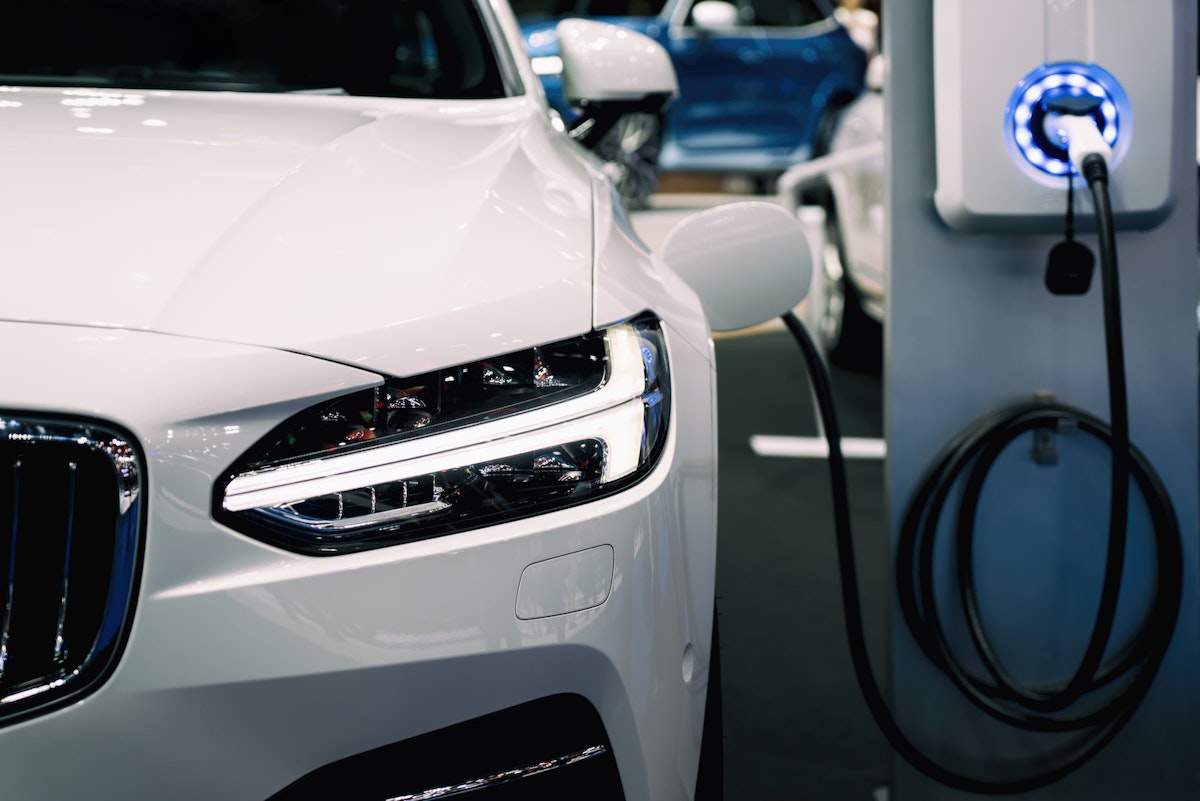How to Make EV Subsidies Work
Hint: Pushing everyone to purchase electric vehicles won't do it.

-
-
Share
-
Share via Twitter -
Share via Facebook -
Share via Email
-
Subsidies to support electric vehicle purchases are a long-standing means of reducing carbon emissions. Since the 1990s, for example, the Norwegian government has actively encouraged the adoption of electric cars using tax exemptions and other measures, including permission to use HOV lanes, exemption from regional road tolls, access to half-price parking, and more.
Over the past two decades, the United States has pursued a similar—albeit less generous—approach. For example, the “qualified plug-in electric drive motor vehicle credit,” which resulted from legislation first established by the Energy Improvement and Extension Act of 2008, offers up to $7,500 in financial relief for going electric. Although the recently passed Inflation Reduction Act of 2022 has changed the qualification criteria for the credit (and changed the name of the program), the premise remains the same: if you go electric, Uncle Sam will support you.
It’s a nice idea. Electric cars are less polluting than gasoline autos. Less pollution means cleaner air, and cleaner air makes for a healthier planet. So why not use public funds to back EVs?
In a new study, the Breakthrough Institute’s Ashley Nunes, along with two co-authors, scrutinizes the economic efficiency of such subsidies. Emissions reductions are important, of course, but what matters even more (particularly as the national debt sits in the trillions of dollars), is how much these vehicles are driven and how often EV batteries must be replaced. Both factors influence how much emissions are reduced for each dollar of government spending. Nunes’s work finds that:
- Offering blanket EV subsidies can be an economically inefficient means of reducing emissions.
- Replacing an EV’s battery detracts from the vehicle’s emissions advantage.
- Cleaning up the national electric grid only does so much to make EVs less polluting on a per dollar basis.
None of these findings imply that EV subsidies are a universally bad idea. In fact, subsidies can maximize emissions reductions per dollar spent under specific conditions. Namely, when subsidies are targeted at high utilization vehicles (e.g., taxis and single-vehicle households), the expenditures are far more likely to reduce both emissions and produce net financial benefits. Offering subsidies for those who drive high utilization vehicles has particular significance for communities of color who are disproportionally represented in the taxi and mobility-on-demand industry.
As Congress debates whether EV subsidies should endure and, if so, for how long, Nunes’s study highlights the need to ensure these programs are targeted in ways that do the most good. His findings suggest that will mean moving away from universal subsidies for anyone interested in buying an EV and limiting subsidies to those who use EVs enough to realize the vehicle’s emissions advantage. Moreover, given that those who drive high utilization vehicles also have lower average incomes, offering EV subsidies as refunds, rather than nonrefundable tax credits, likely promotes greater EV adoption among the households that would maximize EVs’ emissions benefits.
